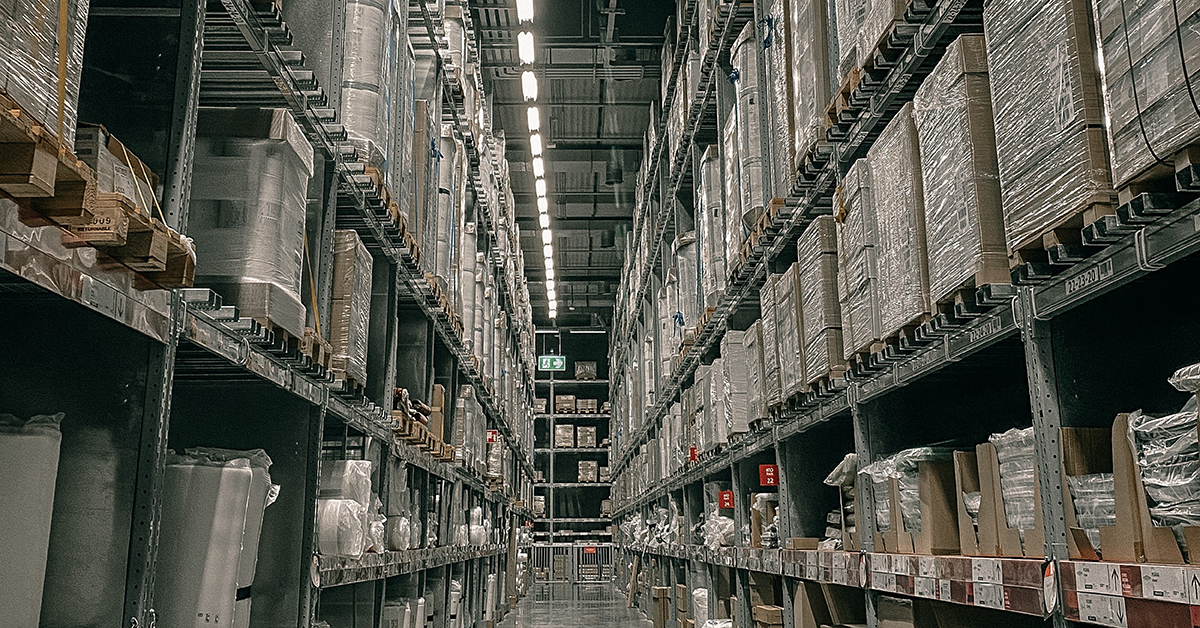By: Shane McCoy
A discerning eye for signs of something out of place. The instincts to anticipate where a problem is likely to take place and when. The expertise to solve the problem and prevent it from happening again. What sounds like the description for a character in a spy thriller is actually a list of the qualities food processors expect of the pest management technician who services their plant.
The commercial pest management technician has a valuable set of eyes and ears when it comes to preventing and solving pest issues. Their extensive training allows them to assess situations a little differently, picking up on issues the untrained eye may not.
Technicians are trained to question why things look different and explore beyond the obvious to identify the root cause of a problem. They are investigators who will, on a tablet or smartphone, analyze data collected from traps and sensors, and combine that with intelligence gathered the old-fashioned way — by talking face-to-face with people.
They will also crawl into, under and above equipment, catwalks and storerooms to investigate for pest access points, conducive conditions and tell-tale signs of pest presence. Those include:
RODENT TRACKS
What the normal eye may think are roller marks from equipment in a dusty basement storage room where flour used for making frozen pizza is stored, the trained technician may identify as rodent tracks.
Similarly, dusty I-beams above the production floor may hold proof of small footprints and tail drags. Maintenance personnel changing light bulbs or performing routine maintenance tasks also may notice these types of marks on the tops of light housing units. This should be reported to their pest management technician or noted in the pest sighting log.
INSECT TRACKS
It is important to not look only at food for signs of insect presence, but to inspect walls, storage racks, and around and under equipment. Squiggly lines on processing equipment or structural beams may be trails or tracks from adult insects or immature larvae. In areas where dust builds up, warehouse beetle larvae tracks can be visibly seen on equipment, structural supports, and food storage or transportation racks.
GNAWED BOXES
Boxes that appear to have suffered a hit from a forklift or misplaced employee boot may have been damaged by gnawing rodents. PMPs should never assume damage to packaging was caused by human actions.
Damage to boxes and other packaging material may be evidence of rodent presence in a facility. This can include but is not limited to damage to boxes high on storage racks, rodent droppings inside shrink wrap, distinctive chew marks and stained or damp packaging.
In addition to packaging, rubber door sweeps or weather stripping around loading dock doors and windows also are vulnerable to rodent gnawing and should be checked regularly for signs of damage.
MOLD
A dimly lit, dark spot in an infrequently visited or hard-to-access area of a food storage warehouse or distribution facility may be susceptible to mold that could attract springtails, psocids and other mold-feeding insects such as foreign grain beetles and rove beetles. Technicians should keep watch for wet lines along exterior walls or blocked gutters that may allow moisture inside these areas. For third-party audited facilities, it is important that your client is aware of audit requirements for storage conditions in their facility, especially those areas not regularly accessed.
OUTDOOR TRACKS/BURROWS
Grass that appears beaten down by water drainage or foot traffic actually may be a path traversed by rodents or other small animals, including raccoons. Rodents and other wildlife will create trails on the exterior of a structure, as well as burrows.
When performing exterior service of a facility, keep an eye open for grass that looks beaten down or holes with fresh dirt, flies or hair around them. Take a moment to stop and consider what pest may have created them and make sure your exterior rodent control programs are up to par.
SMEAR MARKS
What may look like smudge marks from a forklift tire along a wall or baseboard may be rodent sebum trails. Sebum is the oily, waxy substance on a rodent’s skin and hair.
Since rodents prefer to travel along walls, baseboards, beams or boxes, they will leave their mark — usually a dark smudge — along their route. Unexplained rub marks near openings in baseboards, or in areas where a forklift wouldn’t be able to reach, merit further investigation.
Reviewing trap activity in these areas will help identify where the rodents are coming from and where their sources of food and/or harborage are located.
SUMMARY
With zero tolerance for pests in food-processing facilities now the norm, it is important that your company’s staff is also watching for signs of pest activity or the conditions that attract pests to a food- processing facility. Working in partnership with and training your client and their employees to recognize the signs of a potential pest threat and how to implement preventive steps, will allow for a successful, effective pest control program.
Shane McCoy, BCE, is the Director of Quality and Technical Training at Wil-Kil Pest Control. He has a master’s degree in entomology with 24 years of experience, 12 of which were with the U.S. Air Force.
This Tech Talk article was originally published in the June 2020 edition of PCT magazine.

